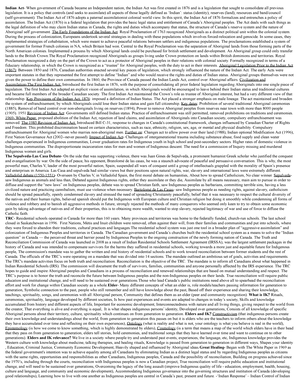- Information
- AI Chat
Was this document helpful?
INDG1001 Homelands Assignment
Course: Foundations of Indigenous Studies (INDG 1001H)
103 Documents
Students shared 103 documents in this course
University: Trent University
Was this document helpful?

In this reflection paper, I intend to share what I have learned about the origins of the
community I reside in. Bringing light to its history, the culture in which is integrated into its
roots, and values that they share. I have been living in the Durham Region of Ontario, more
specifically Ajax, since August of 2007. Durham Region is made up of Ajax, Whitby, Oshawa,
Pickering, Clarington, Uxbridge, Brock and Scugog. Not once had I imagined that the lands I
was living on, had been stolen over five centuries ago. The territories in which I live on are the
traditional lands of the Mississauga's of Scugog Island, the Haudenosaunee and Huron-Wendat.
Where I live is under the Johnson-Butler Purchases treaty of 1787-1788 and the Williams Treaty
20 of 1923.
The Johnson-Butler Purchases treaty often referred to as the “Gunshot Treaty” was made
between seven Anishinabee First Nations and representatives of the Crown. The seven
Anishinabee First Nations are Alderville, Chippewas of Georgia Island, Chippewas of
Beausoleil, Chippewas of Rama, Hiawatha, Curve Lake and the Mississauga’s of Scugog Island.
The treaty sometimes went by the name “Gunshot Treaty” due to the land in which the treaty
referred to was so large, that a gunshot could be heard from the other end. During the signing of
this treaty, there was possible intentional miscommunication of whether the land that the
Mississauga's were living on were to be surrendered instead of shared with the colonizers.
(Bennik, 2019). The land that was to be surrendered, stretched over the shores of Lake Ontario
that continued on from the Trent River as well as the Etobicoke River. The impact of this treaty
caused the Mississauga's to lose over 52 thousand kilometers of land in which they had
previously used for traditional activities. (Wallace, 2018).







